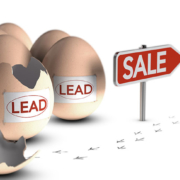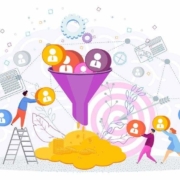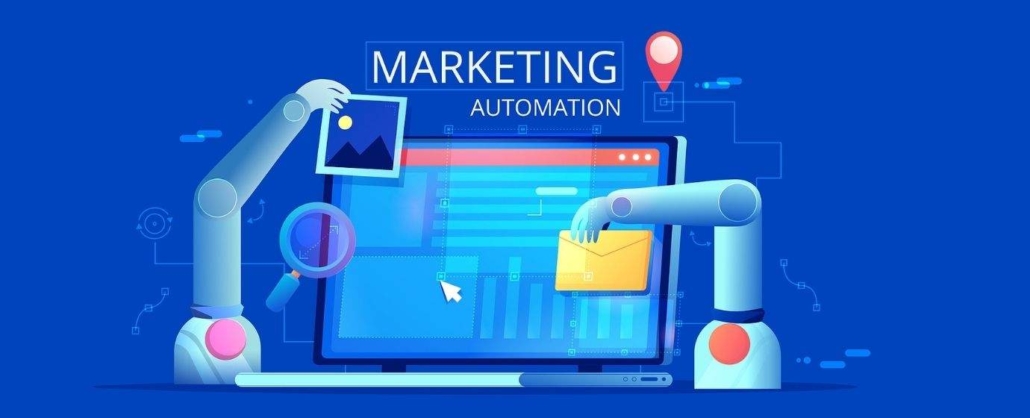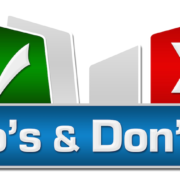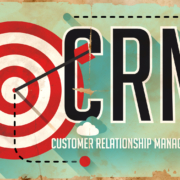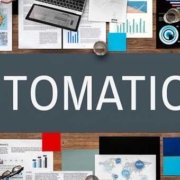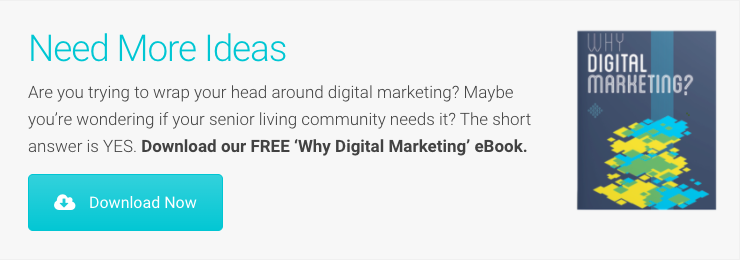5 Things You Shouldn’t Do with Your Senior Living Leads
If we could share one article with every senior living marketing and sales team, this would be it. Why? Because it has to do with everyone’s favorite topic: senior living leads. Specifically, mistakes to avoid. Let’s get to it.
1. Don’t treat all senior living leads the same.
If you’re a Senior Living SMART client and/or a regular reader of our blog, you’ve likely heard us say that not all leads are created equal. Some leads are ready to buy now. Others might be ready two years from now.
How should you handle the very different needs of various leads? To start, you should divide your leads into two buckets—sales-qualified leads (SQLs) and marketing-qualified leads (MQLs). SQLs want to buy sooner rather than later, so they will be served up to the sales team. MQLs aren’t ready yet, so they will enter longer-term nurturing campaigns.
For all of this to happen efficiently, you’ll need marketing automation software and website forms that capture meaningful info to help segment and score your leads. You can choose to get more granular with your lead segmentation if you wish. For example, within your MQLs, you might segment leads according to buyer persona (e.g., senior vs. adult child).
Bottom line: Meet your leads according to where they are on their journey. Don’t treat them all as if they’re ready to buy today or tomorrow.
2. Don’t ignore leads just because they’re in the very early stages.
This goes along with the previous point, but it’s worth repeating. Too often, we see marketing and sales teams ignore leads that are in the earliest stages of their journey (think leads that don’t plan to buy for at least a year). This is short-sighted. Remember, today’s researchers are tomorrow’s buyers—even if that “tomorrow” is eighteen months from now.
While you might not market as aggressively to early-stage leads, you should still provide regular, helpful communications. The goal? For the lead to think well of your community so that when they are ready to buy, your community will be top of mind.
3. Don’t bombard your leads with the same marketing messages.
Since you have a variety of leads coming in, you need to have a variety of marketing messages at the ready as you nurture MQLs to SQLs. Because that’s precisely what good nurturing is—delivering the right message to the right person at the right time.
Getting to know your leads is an excellent way to develop engaging content for them. But how do you get to “know” your leads? Simple. Through your website forms.
Earlier, we mentioned having website forms that capture meaningful info. But if you want to take it to the next level, consider implementing progressive profiling. With progressive form fields, you can control which questions appear on which website forms. Not only that, but once a person has filled out one set of questions, they’ll be asked a different set the next time they fill out a form on your site. The answers will give you valuable insights into your prospects. As a result, you can serve up nurturing campaigns that make sense to them.
For example, maybe your website forms capture people’s favorite hobbies. For those who love food and cooking, you can serve up emails that discuss all the fabulous activities in your community centered around cooking: breadmaking class, sushi night, wine-tasting every Thursday afternoon, pot-luck dinner parties, etc. For those who cited sports as a favorite hobby, you can serve up a similar set of emails that talk about your fitness center, tennis and pickleball courts, golf league, football get-togethers, and the like.
The basic email campaign can be the same, but you will customize the messaging so that it speaks directly to your leads. Custom messaging is the secret sauce to effective lead nurturing.
4. Don’t “set and forget” your marketing automation.
With marketing automation, it’s easy to set up email nurturing campaigns and forget all about them. While automation is supposed to make your life easier, you still need to monitor results—and make adjustments based on what the numbers tell you.
What you should pay attention to:
- Engagement. Are people opening the emails? Are they clicking through to your offers? Are they converting on those offers? Don’t send emails just to say you’ve sent them. You want your emails to work, meaning they should motivate the recipient to take a specific action—even if that action is something as simple as reading a blog post.
- Conversions. Over time, provided your email nurturing is effective, you should see increased conversions: MQLs to SQLs and SQLs to customers.
- Messaging. Even if engagement/conversions look good, revisit messaging to make sure everything you say is accurate. For example, you might have promoted virtual tours due to COVID. Now, you might have options for both in-person and virtual tours. We recommend looking at all messaging at least twice a year.
Don’t be afraid to adjust messaging that isn’t working. Trust what the numbers are telling you. You could throw a whole campaign out the window and start over. Or you can A/B test smaller changes. For example, if people aren’t opening your emails, test different subject lines. Haven’t tried personalization yet? Maybe you experiment with that and see how the results look.
Effective marketing automation is part science, part art—and it absolutely requires the human touch.
5. Don’t assume you’re in control. (Because you’re not.)
This is the hardest pill for sales and marketing teams to swallow. Twenty years ago, before everyone was online and before every senior living community had its own website, each community’s sales and marketing team was very much in control of the sales process. If someone was interested in learning about your community, they had no choice but to call or come in for a tour, which put them (the buyer) at the mercy of the sales team.
Things have changed. Thanks to senior living websites, review sites, and social media, buyers can now research to their heart’s content before ever talking to a salesperson. And they’ll only do the latter on their terms when they’re ready for a sales interaction.
If senior living sales and marketing teams want to succeed today, they must embrace this shift and focus on enabling buyers to get the info they need, when they need it. This means marketing and sales must remove any friction from the process and make it as easy and straightforward as possible for the buyer to purchase from you. Say hello to your new top priority!
Want more helpful strategies for increasing senior living leads? Download our guide.
Even though we bill ourselves as a marketing agency, we also have expertise in the senior living sales process, as this free guide demonstrates. Enjoy it with our compliments!
And, of course, if you need assistance, get in touch and let’s chat about your senior living sales challenges.

